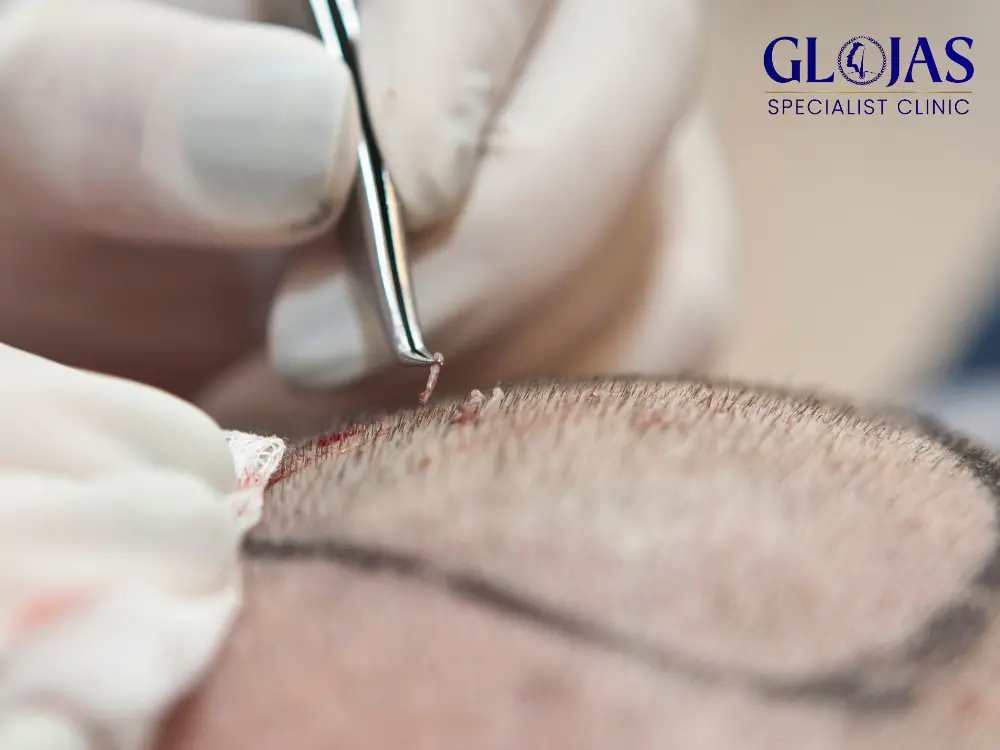The Ultimate Guide to Perfect Hair Transfer: 5 Proven Methods for Stunning Results

Hair loss is a common concern affecting millions of people worldwide. Whether due to genetics, aging, or medical conditions, losing hair can significantly impact one’s confidence. Fortunately, advancements in medical science have paved the way for effective solutions, one of the most popular being hair transfer. This comprehensive guide will walk you through the essential […]



